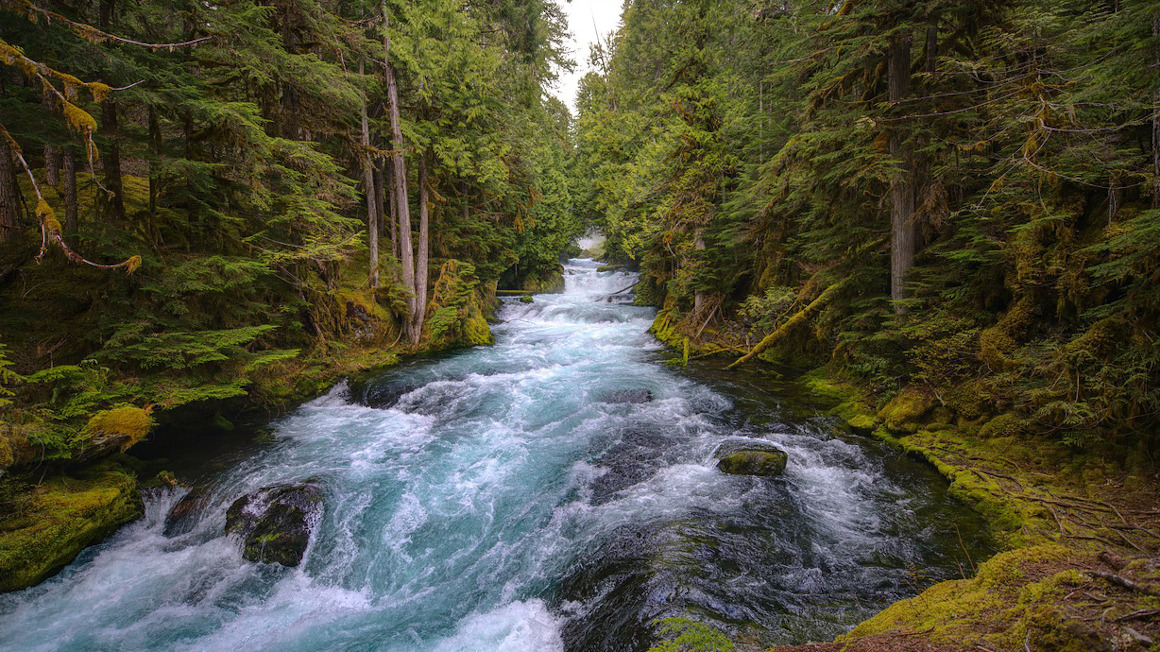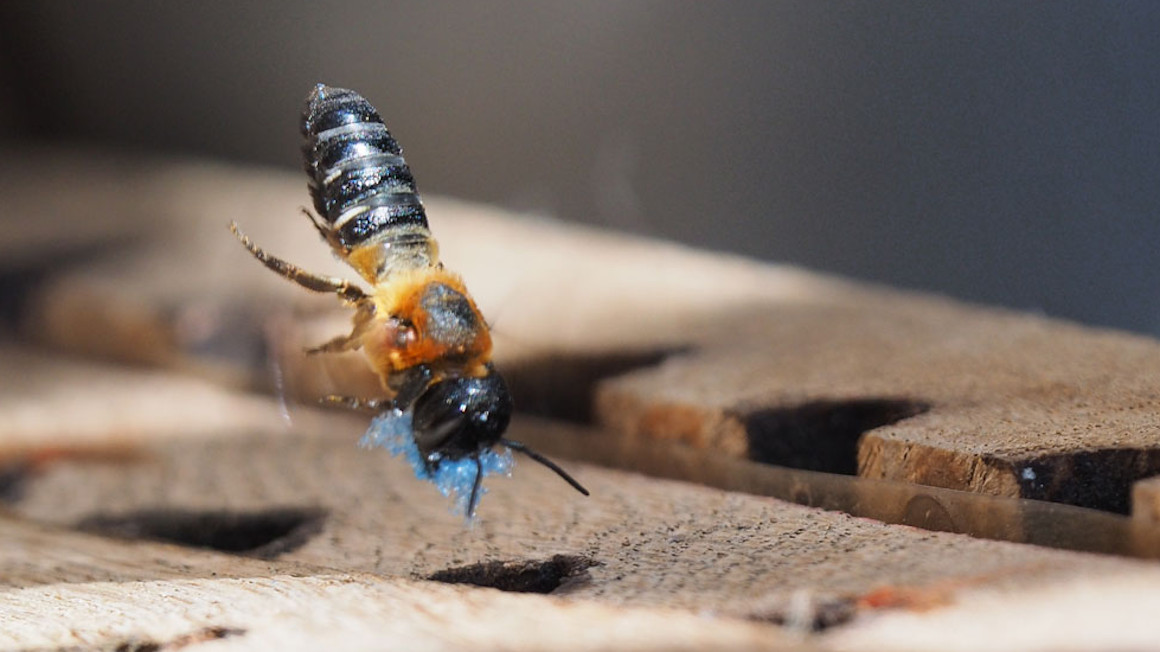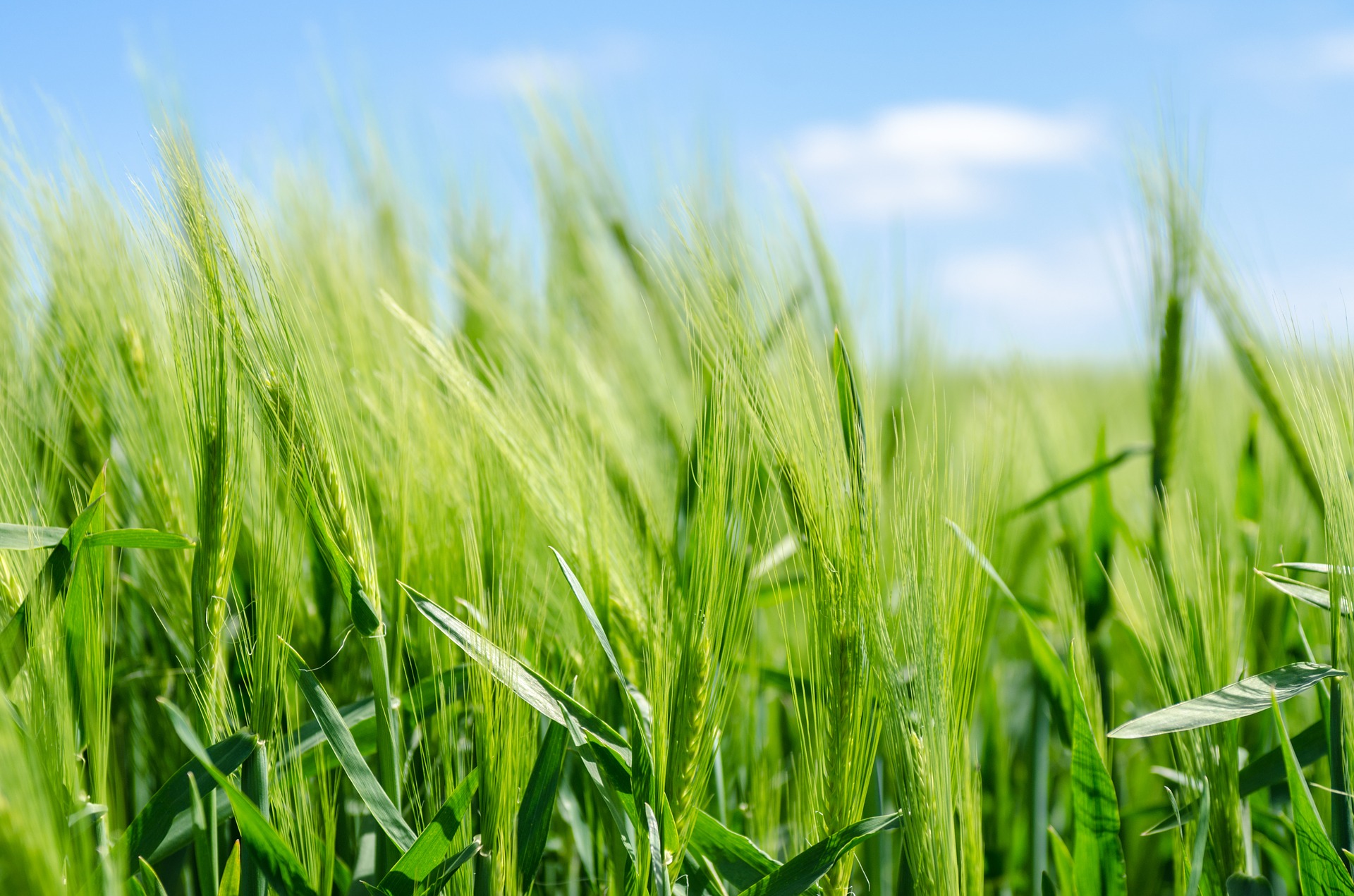Species diversity in rivers stagnates
Until 2010, biodiversity in European rivers was still recovering - since then, this development has stagnated. An international study shows that biodiversity is under pressure, especially downstream from urban areas and agricultural land.

Invertebrates such as flying insects play a key role in the freshwater ecosystem: they filter water, transport nutrients and break down organic material. These abilities have long made them an indicator of water quality. In a long-term study, an international team of researchers has investigated how species diversity has developed in European rivers. Led by the Senckenberg Research Institute and Natural History Museum in Frankfurt, the team analyzed rivers in 22 European countries over a period from 1968 to 2020 and tracked the development of 2,648 species of freshwater invertebrates.
Regeneration of rivers stagnates since 2010
The researchers conclude that river biodiversity did increase during the study period. However, there has been no progress since 2010. Rather, the positive trend has stagnated and many river systems have not been able to fully regenerate, the researchers report in the journal Nature.
According to the report, the increase in biodiversity in the 1990s and 2000s can be attributed to improvements in water quality and restoration projects. "In response to the poor condition of water bodies in the 1950s and 1960s, important countermeasures were taken to restore freshwater habitats, for example, with the 'U.S. Clean Water Act' of 1972 and the EU Water Framework Directive of 2000," explains senior author Ellen A.R. Welti, formerly a Senckenberg scientist and now a research ecologist in the United States at the Smithsonian's Conservation Ecology Center. "These actions led to a significant decrease in organic pollution and acidification starting around 1980."
Current measures are insufficient
According to the study, freshwater communities downstream of dams, urban areas and farmland recovered less rapidly. In addition, fauna at sites with faster warming increased less in terms of species diversity, abundance of individuals, and functional diversity. Non-native species were also found in 70% of all river sections studied. "It is also observed that the immigrated animals are better adapted to urban areas and more polluted places than the native fauna. This could lead to a loss of rare and sensitive native species," Welti said.
Significant investment needed to protect biodiversity
The researchers therefore warn that considerable investment is needed to restore biodiversity in rivers. For example, wastewater networks should be expanded and sewage treatment plants improved to prevent overflowing during heavy rainfall and thus the entry of pollutants into rivers. In addition, the research team advocates reducing the input of fertilizers and pesticides, especially from agriculture, and adapting river systems to future climatic and hydrological conditions.
"In the future, biodiversity monitoring should also be done in conjunction with environmental data collection. Only in this way can we effectively describe temporal changes within biodiversity, identify environmental factors and risk areas, and maximize the protection of biodiversity," says the study's lead author Peter Haase of the Senckenberg Research Institute and Natural History Museum Frankfurt.
bb


